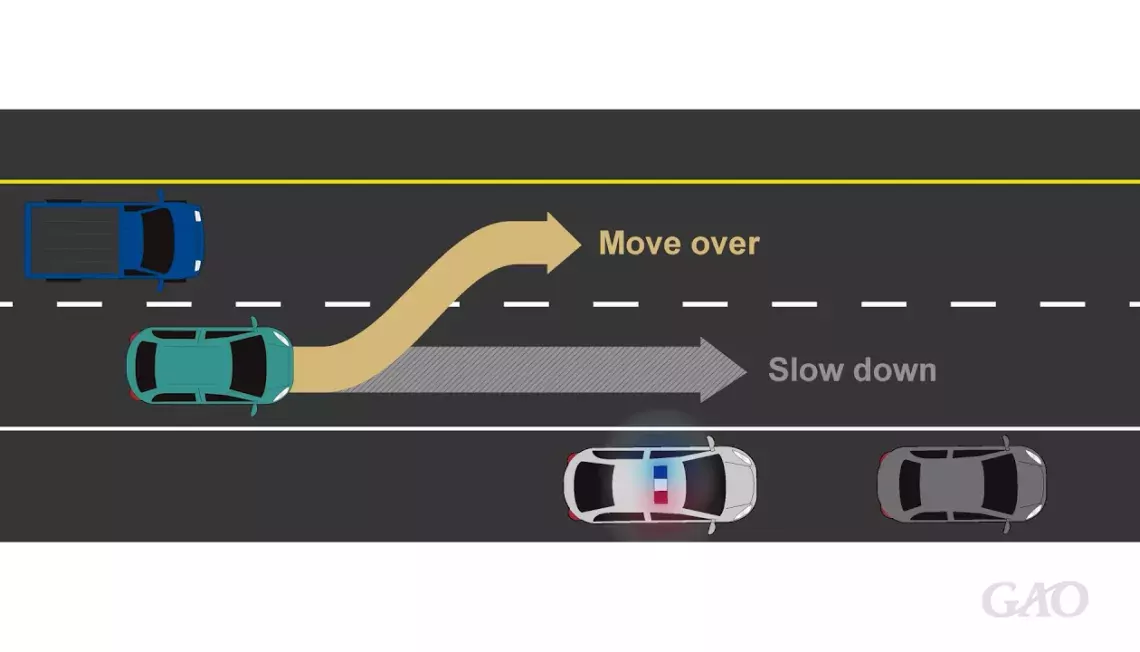Move Over! How Are Governments Trying to Protect First Responders From Roadside Crashes? (video)
Have you ever been stranded on the side of the road while cars and trucks whiz by? If so, you likely appreciate how dangerous and unnerving it can be. America’s emergency responders – police, firefighters, and EMTs – face this danger every day in the line of duty.
Today’s WatchBlog looks at our new report about “Move Over or Slow Down” laws, how states and the federal government are promoting their awareness and training first responders to better protect themselves from highway dangers, among other actions.
What are “Move Over or Slow Down” laws?
Generally, “Move Over or Slow Down” laws require motorists to move over or, if doing so is unsafe, slow down when approaching an emergency responder on the roadside. All states and D.C. have enacted these laws to protect police officers, firefighters, and emergency medical services personnel. Some states also include protections for drivers of tow trucks, utility service vehicles, or any vehicle using flashing lights.
Promoting public awareness of “Move Over or Slow Down” laws
State transportation and law enforcement officials have used various forms of outreach—such as public service announcements, pamphlets, posters, and social media—to improve public awareness of these laws. Despite these efforts, however, state officials we spoke with for our report said raising public awareness was still a challenge because of limited resources, and that motorists may not understand specific requirements of the law such as what speed limit constitutes “slowing down.”
On the federal government side, the U.S. Department of Transportation’s National Highway Traffic Safety Administration assists states efforts by:
- providing states with funding for public awareness activities or enforcement initiatives related to emergency responder safety, and
- developing marketing materials that states can distribute via traffic safety campaigns.
Educating emergency responders on safety best practices
The Department of Transportation’s Federal Highway Administration also coordinates with a network of stakeholders across the country to train emergency responders on best practices for traffic incident management. These practices include how to park safely near an incident site and how to restore traffic flow quickly to help prevent additional injuries or delays.
To learn more about our work on “Move Over or Slow Down” laws and emergency responder safety, check out our report and our video on “Move Over” laws and emergency responder safety.
Related Products

GAO's mission is to provide Congress with fact-based, nonpartisan information that can help improve federal government performance and ensure accountability for the benefit of the American people. GAO launched its WatchBlog in January, 2014, as part of its continuing effort to reach its audiences—Congress and the American people—where they are currently looking for information.
The blog format allows GAO to provide a little more context about its work than it can offer on its other social media platforms. Posts will tie GAO work to current events and the news; show how GAO’s work is affecting agencies or legislation; highlight reports, testimonies, and issue areas where GAO does work; and provide information about GAO itself, among other things.
Please send any feedback on GAO's WatchBlog to blog@gao.gov.




